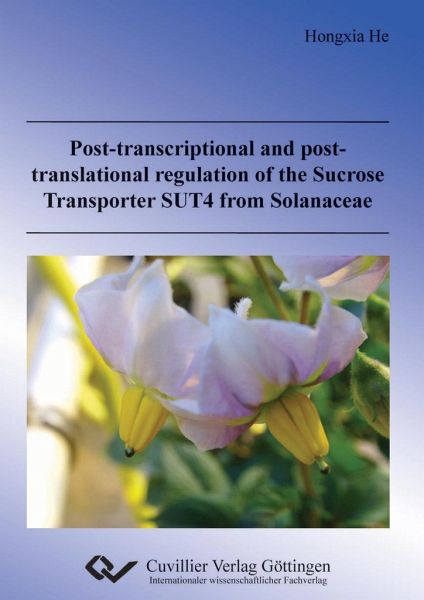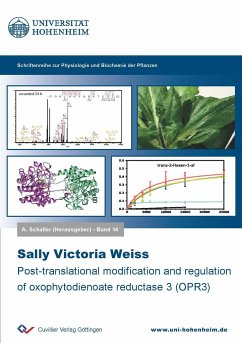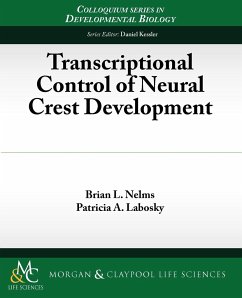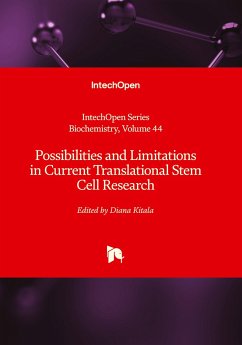
Post-transcriptional and post-translational regulation of the Sucrose Transporter SUT4 from Solanaceae

PAYBACK Punkte
0 °P sammeln!
Sucrose Transporters (SUTs, also called Sucrose Carriers-SUCs) are membrane proteins, located in the plasma membrane that function in loading sucrose into phloem (specialized vascular tissue) and in sucrose uptake into sink cells. This study aims to investigate more aspects of physiological functions of sucrose transporters in solanaceae plants. There are three subfamilies of sucrose transporters (SUT1, SUT2 and SUT4) have been identified from Solanum tuberosum and Solanum lycopersicon. Genetic and biochemical evidences have established that SUT1-type proteins function in phloem loading, but t...
Sucrose Transporters (SUTs, also called Sucrose Carriers-SUCs) are membrane proteins, located in the plasma membrane that function in loading sucrose into phloem (specialized vascular tissue) and in sucrose uptake into sink cells. This study aims to investigate more aspects of physiological functions of sucrose transporters in solanaceae plants. There are three subfamilies of sucrose transporters (SUT1, SUT2 and SUT4) have been identified from Solanum tuberosum and Solanum lycopersicon. Genetic and biochemical evidences have established that SUT1-type proteins function in phloem loading, but the phloem specific role of SUT2 and SUT4 proteins still needs further elucidation. A series of detailed analyses of sucrose transporter mRNAs mobility and stability have been performed in this study. Parasitic and graft experiments show that SUT1 mRNAs including (StSUT1, NtSUT1, SlSUT1 and SoSUT1) are phloem mobile; relative analysis with the help of transcriptional and translational inhibitor show that, SUT1 mRNA stability is mainly regulated at the transcriptional level, whereas SUT2 and SUT4 mRNA stability is mainly regulated at the post-transcriptional level. The differential regulations show that members of the SUT2 and SUT4 family are obviously subject of a different regulatory network as described for sucrose transporters belonging to the SUT1 subfamily. In order to clarify relative physiological functions of SUT2 and SUT4 subfamilies, StSUT2 & StSUT4-RNAi potato plants were generated in this work. In addition, SlSUT4 over-expressed tobacco plants were produced and the molecular and phenotypical characters of these transgenic plants illuminated that SUT4 might serve as an inhibitor of SUT1.













